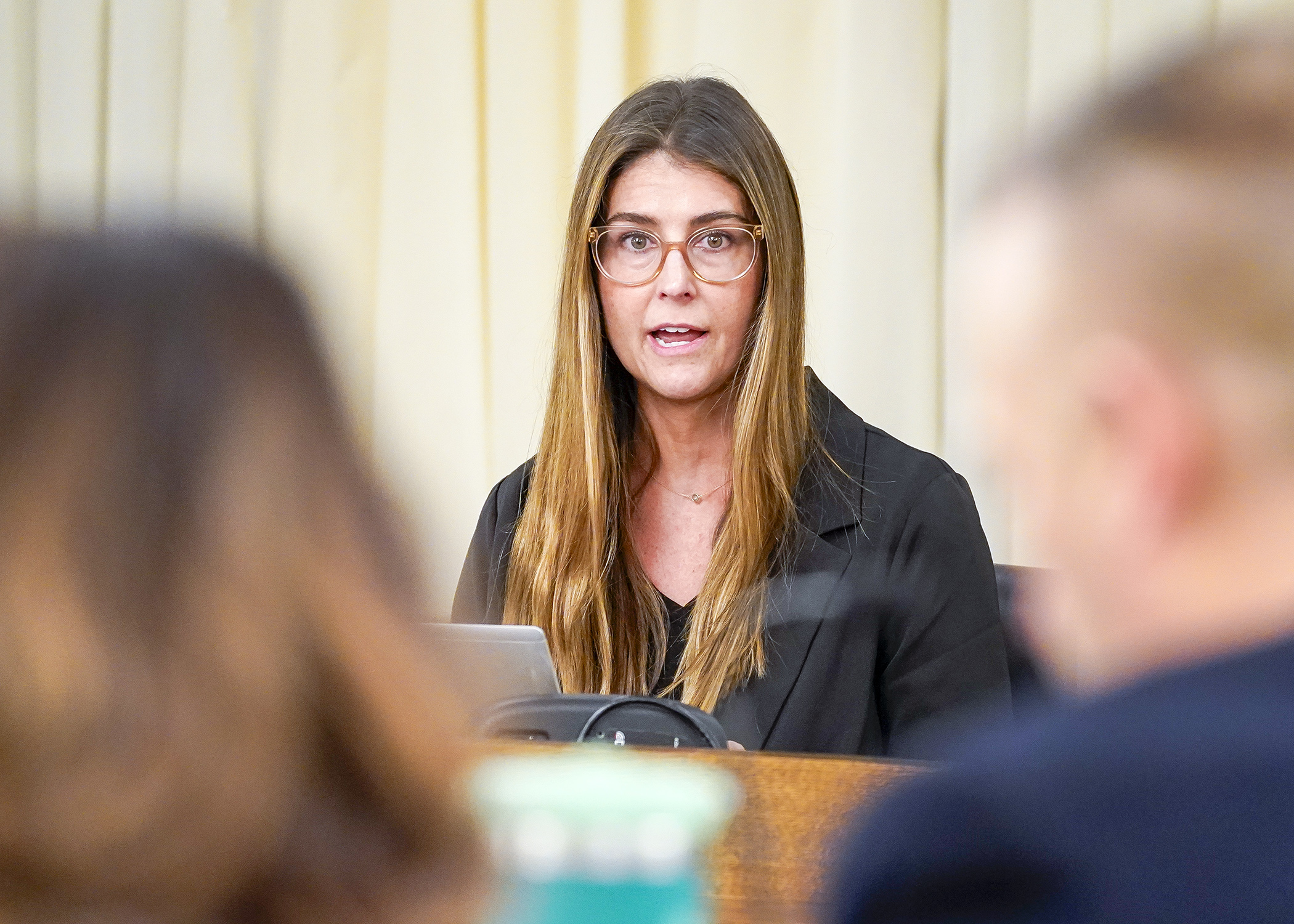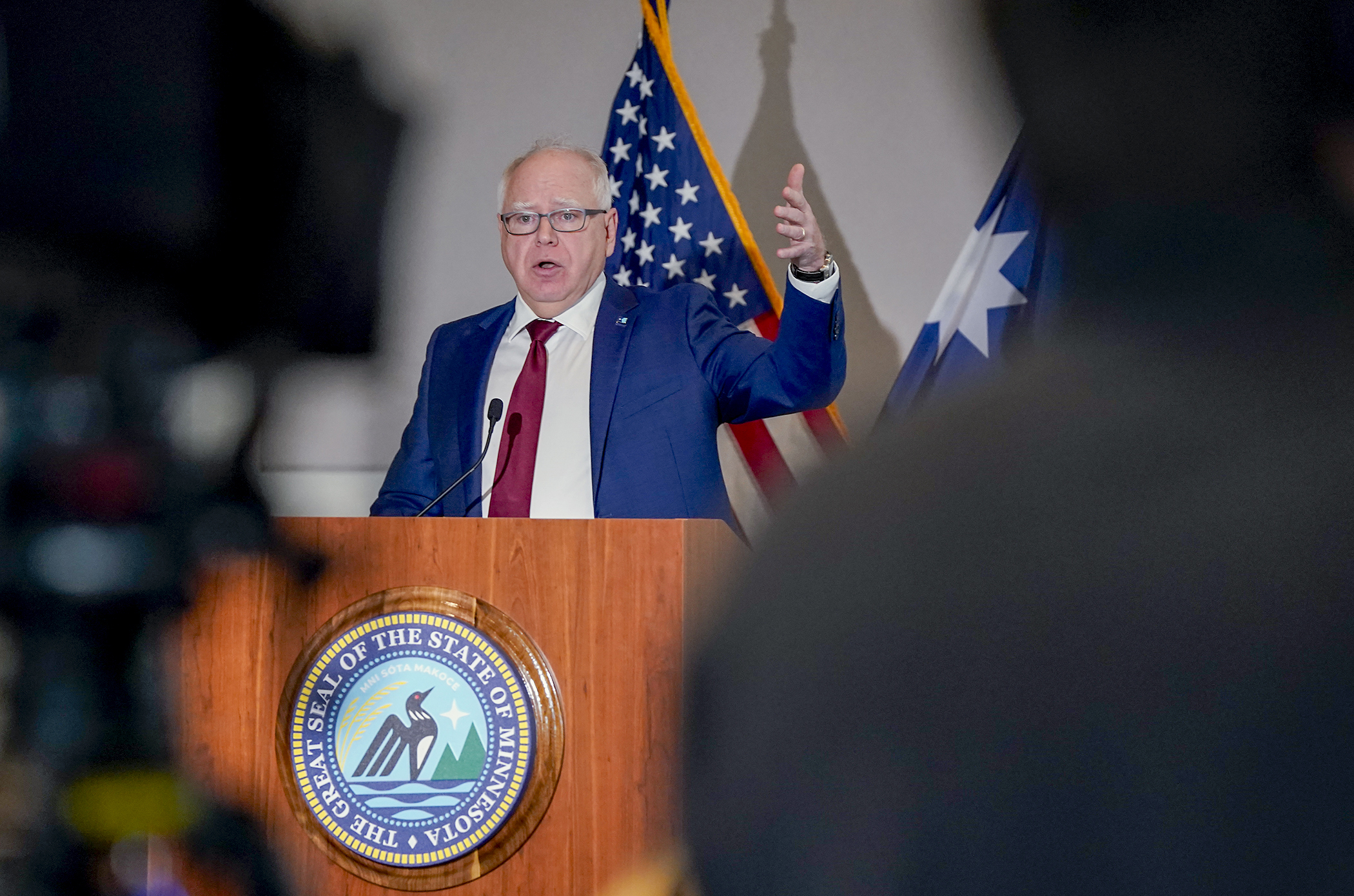Workforce committee learns of issues with paid time off programs

DISCLAIMER: On Jan. 24, 2025, the Minnesota Supreme Court held that 68 members are necessary to constitute a quorum of the House. This webpage may reflect proceedings that occurred before that decision was issued and are no longer active. See Simon v. Demuth, No. A25-0066 (Minn. Jan. 24, 2025) (consolidated with Hortman et al. v. Demuth et al., No. A25-0068).
A state law ensuring workers have access to paid time off could be going under the scalpel.
Two years ago, Minnesota became the 13th state to implement a paid leave program. The Department of Employment and Economic Development manages the program, which provides paid time off for new parents, people with serious illnesses, family caregivers or people dealing with unsafe living situations.
Funded primarily by premiums on employee wages, paid leave will be available to individuals starting Jan. 1, 2026. People may take 12 weeks for family leave and/or 12 weeks of medical leave with a maximum of 20 weeks of paid leave per year.
A state law requiring employers provide one hour of paid sick and safe time for every 30 hours worked took effect Jan. 1, 2024. Employees may use the time when they are sick or for other reasons, such as caring for a relative, making funeral arrangements for a family member or tending to kids on a snow day.
Business, county, city and township leaders spoke about the impacts of earned sick and safe time, paid family medical leave and labor shortages during Thursday’s meeting of the House Workforce, Labor, and Economic Development Finance and Policy Committee Thursday. No action was taken.
Rep. Dave Baker (R-Willmar), the committee chair, said the paid leave program can’t be rolled out as it is and must be modified so it works for businesses, from the state’s new entrepreneurs to its most well-known employers.
Lauryn Schothorst, director of workplace management and workforce development policy for the Minnesota Chamber of Commerce, said the leave programs are increasing costs, paid leave will exacerbate existing labor shortages and the chamber supports incentives rather than mandates.
Owen Wirth, intergovernmental relations representative for the League of Minnesota Cities, suggested several changes. They include:
- seeking ways to minimize law’s effect on more generous leave policies established through collective bargaining agreements;
- allowing exemptions for nontraditional employee/employer situations, for example people who are paid per meeting;
- exempting elected officials;
- allowing some kind of monitoring of earned sick and safe time for critical employees; and
- clarifying how premiums, recently pegged at 0.88% of payroll, for the paid leave program will be divided between employers and employees. Employers must cover at least half, though they can cover more. A question is whether bargaining about paying the other half is optional or mandatory.
Hanna Zinn, director of government relations for Hospitality Minnesota, said the programs are laudable but a one-size-fits-all approach is not the way to go.
Related Articles
Search Session Daily
Advanced Search OptionsPriority Dailies
Walz proposes slimmed-down 2026-27 state budget, sales tax changes
By Tim Walker This is an odd-numbered year, and so the Legislature is constitutionally required to craft a budget to fund the state government for the next two fiscal years.
Gov. Tim Walz...
This is an odd-numbered year, and so the Legislature is constitutionally required to craft a budget to fund the state government for the next two fiscal years.
Gov. Tim Walz...
House closes 2024 session in chaotic fashion, trading bonding for budget boosts
By Rob Hubbard It was a session of modest ambitions.
After 2023 produced a record $72 billion in biennial funding, Minnesota’s legislative leaders were dampening expectations for anything ...
It was a session of modest ambitions.
After 2023 produced a record $72 billion in biennial funding, Minnesota’s legislative leaders were dampening expectations for anything ...